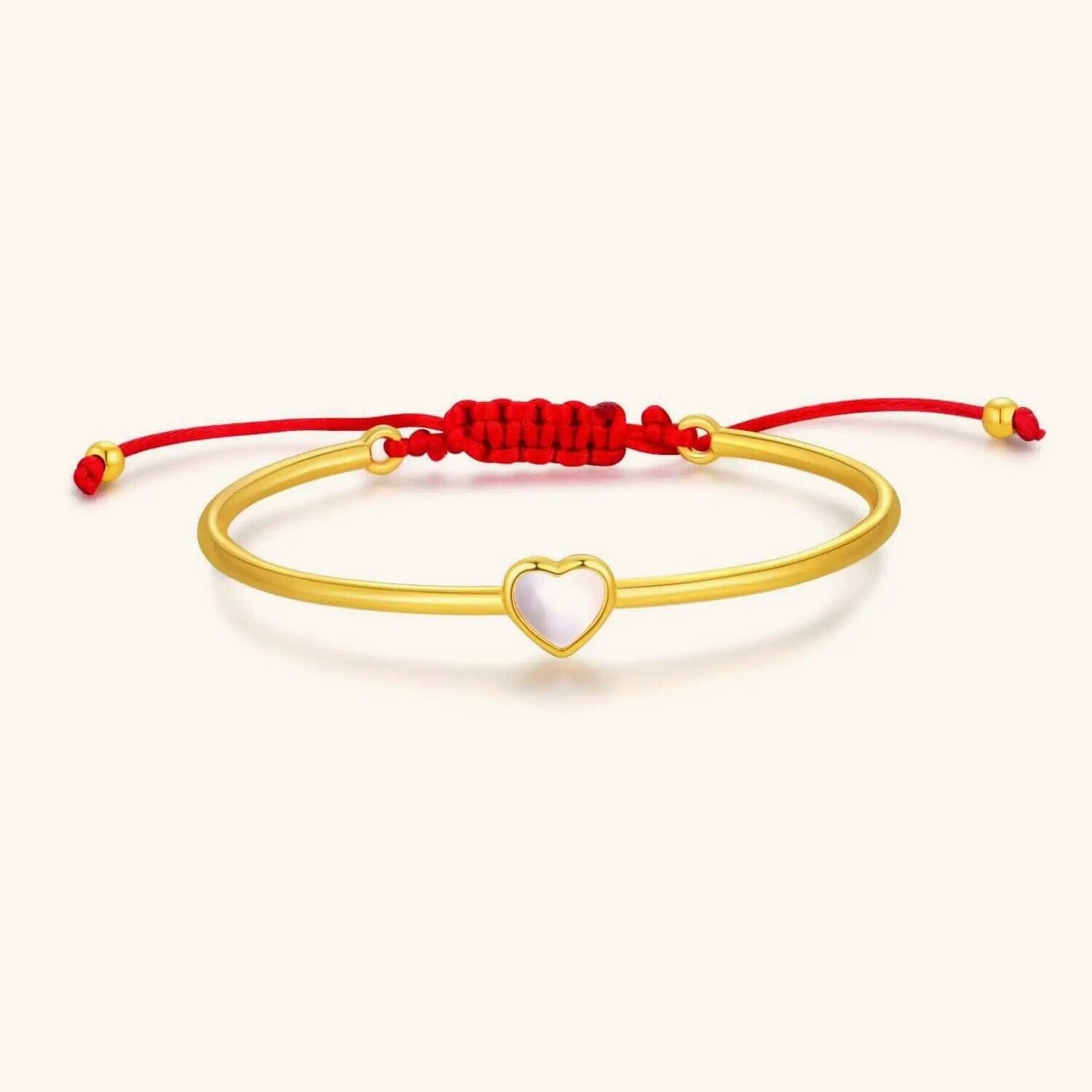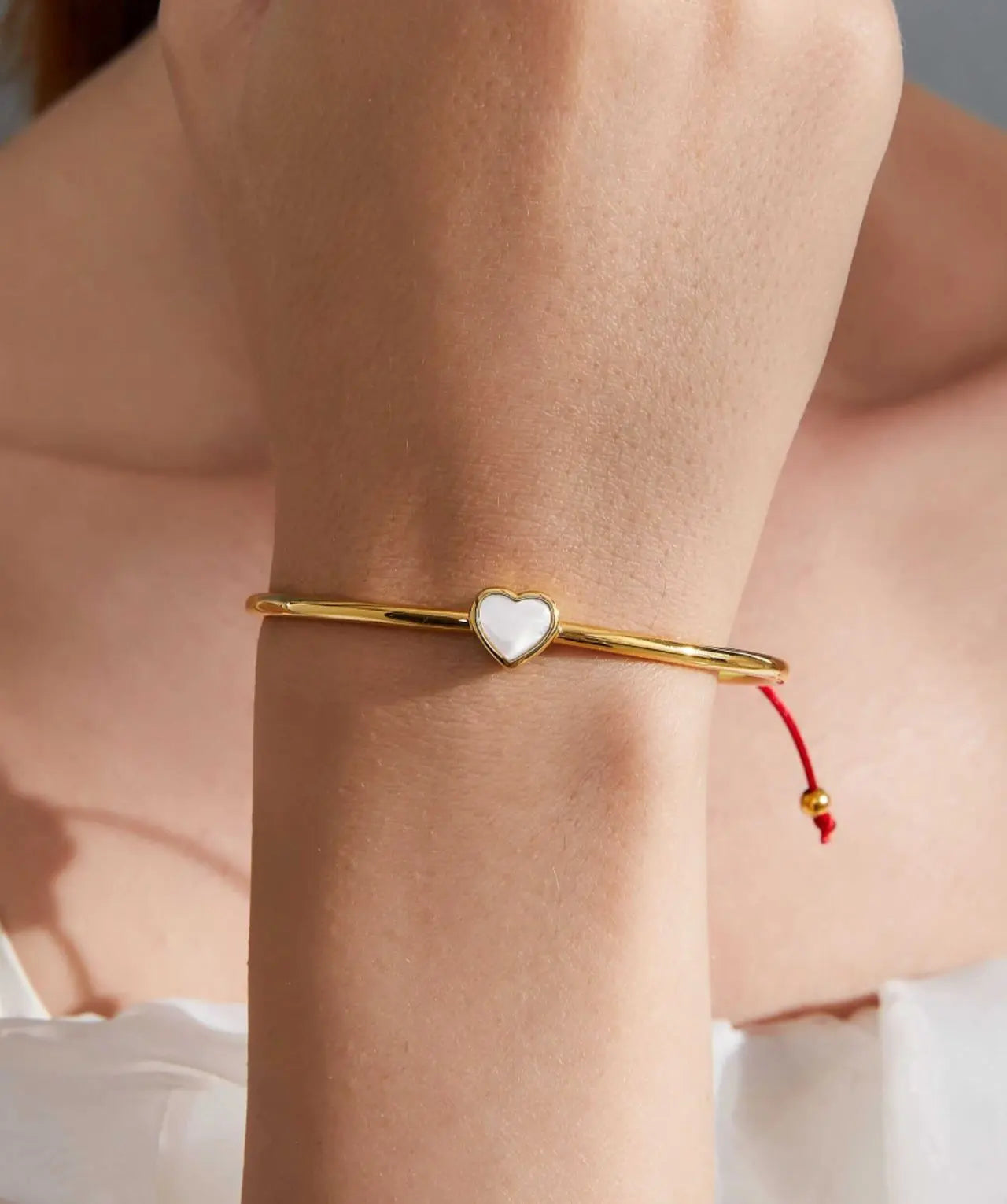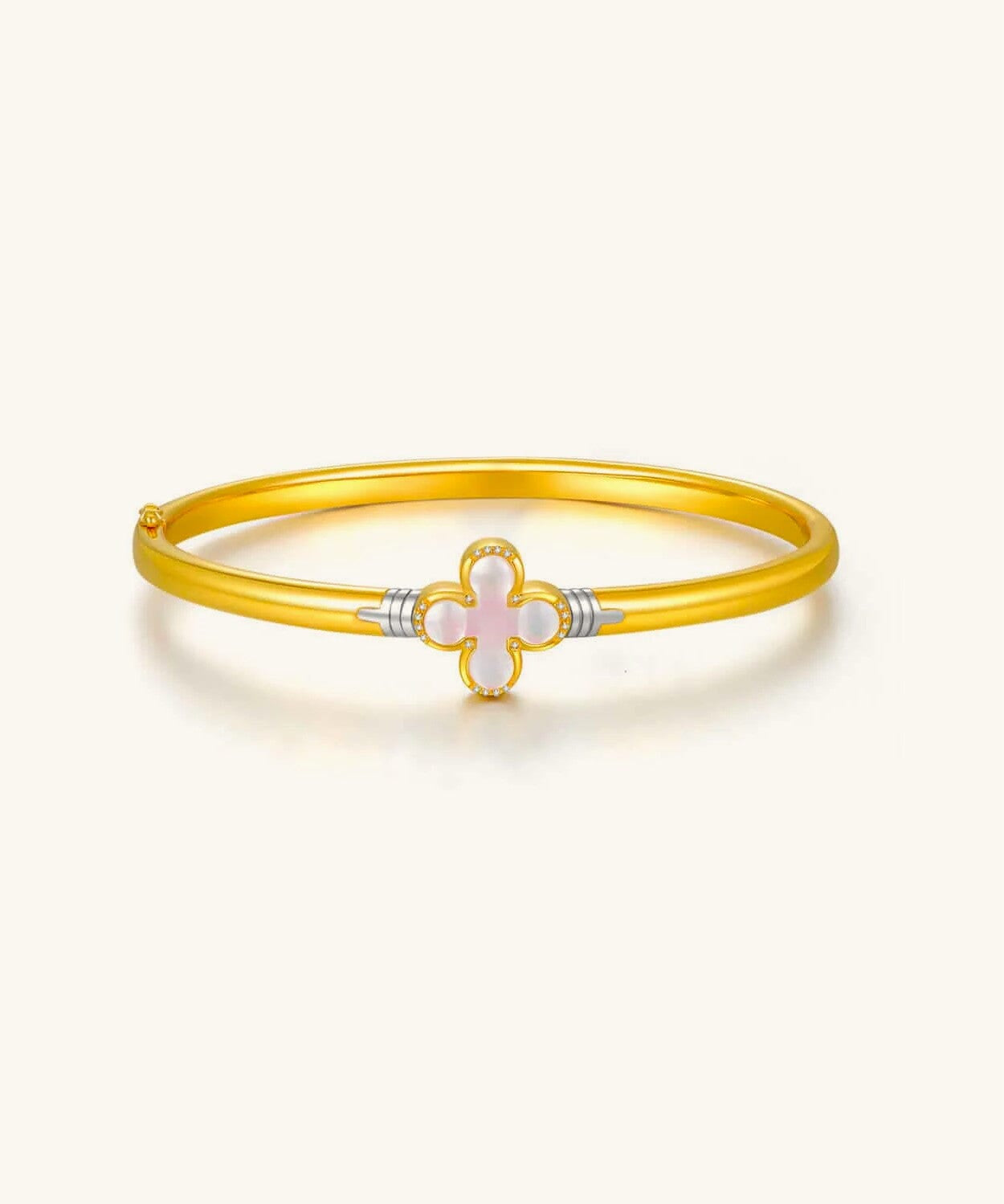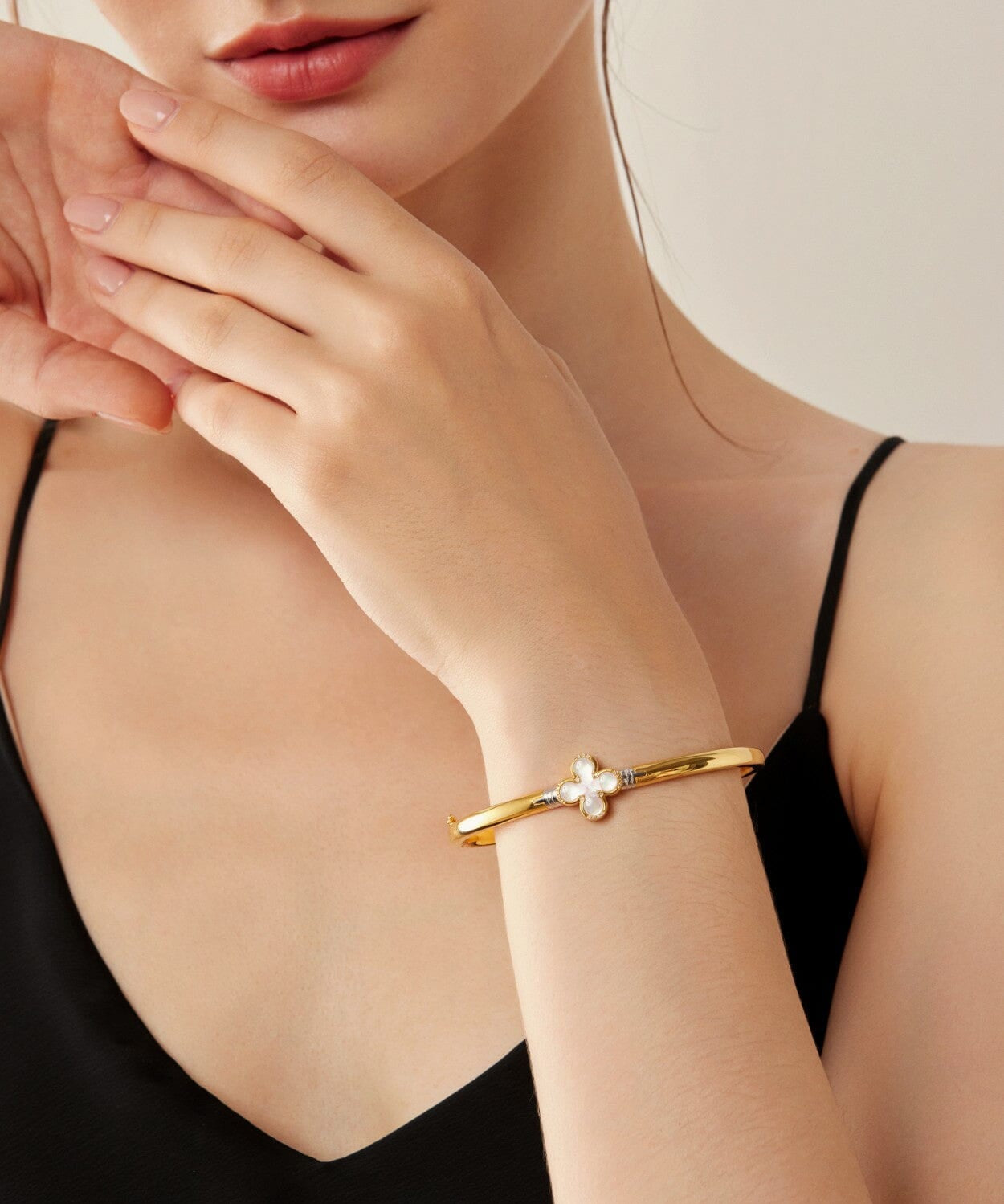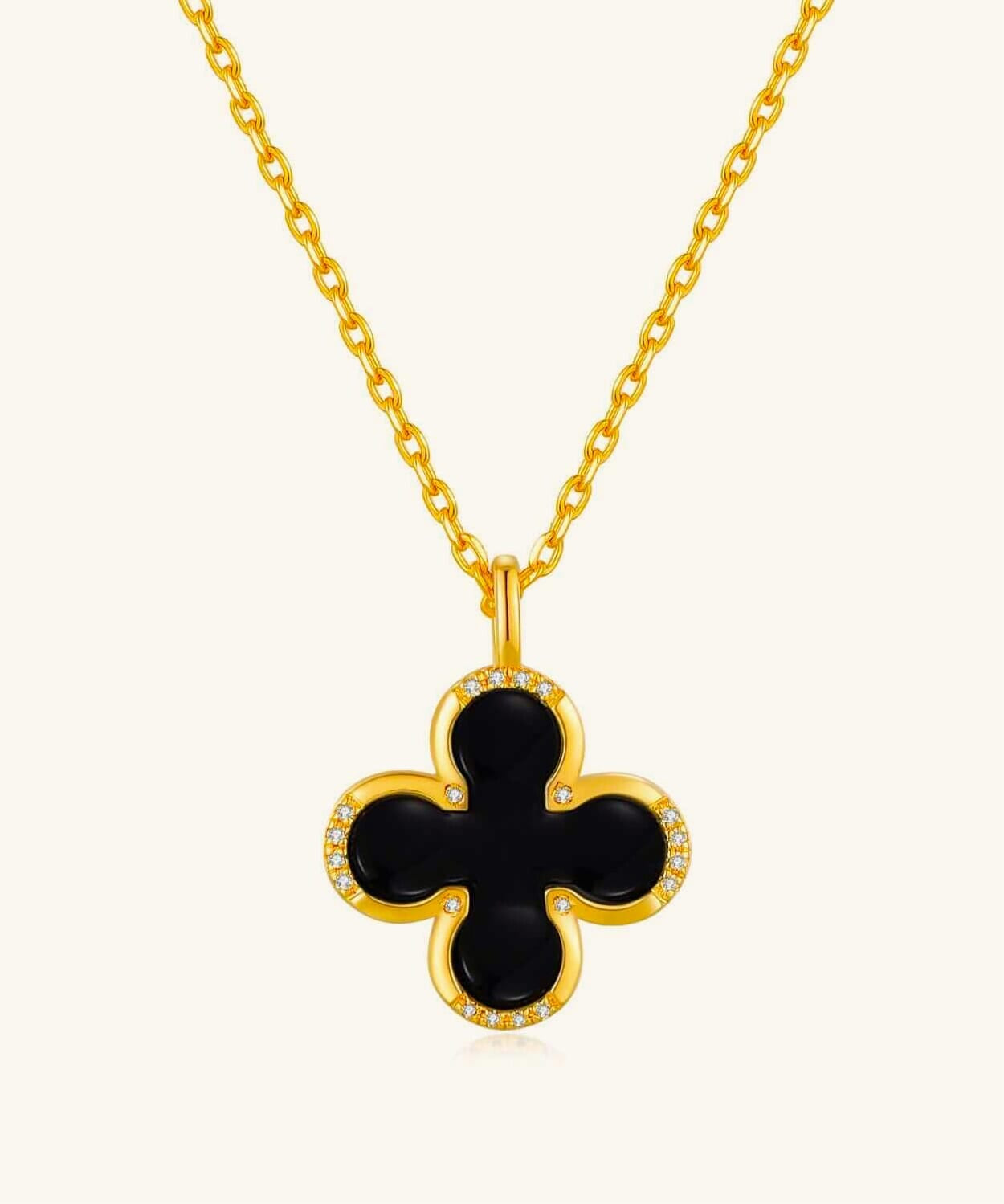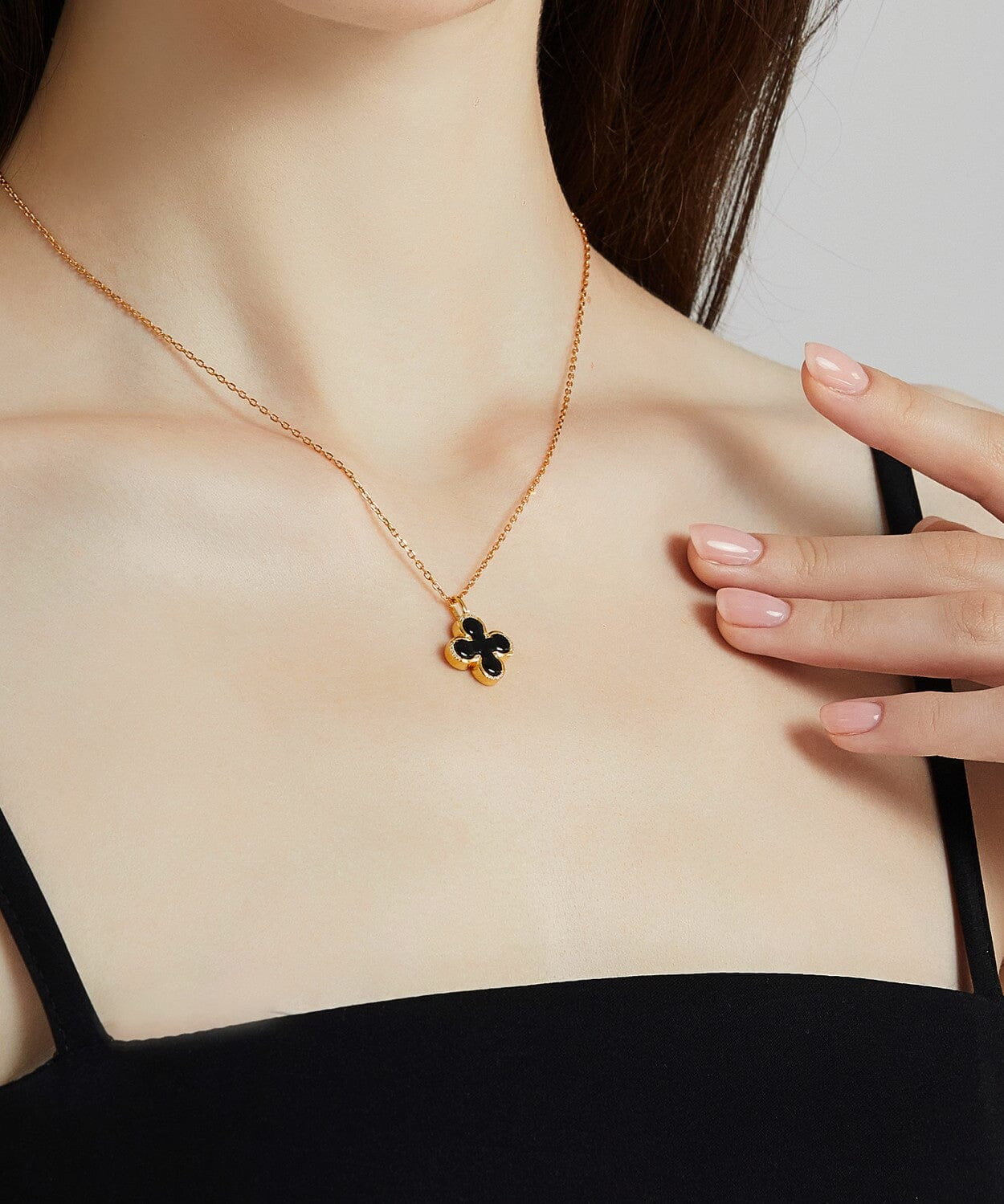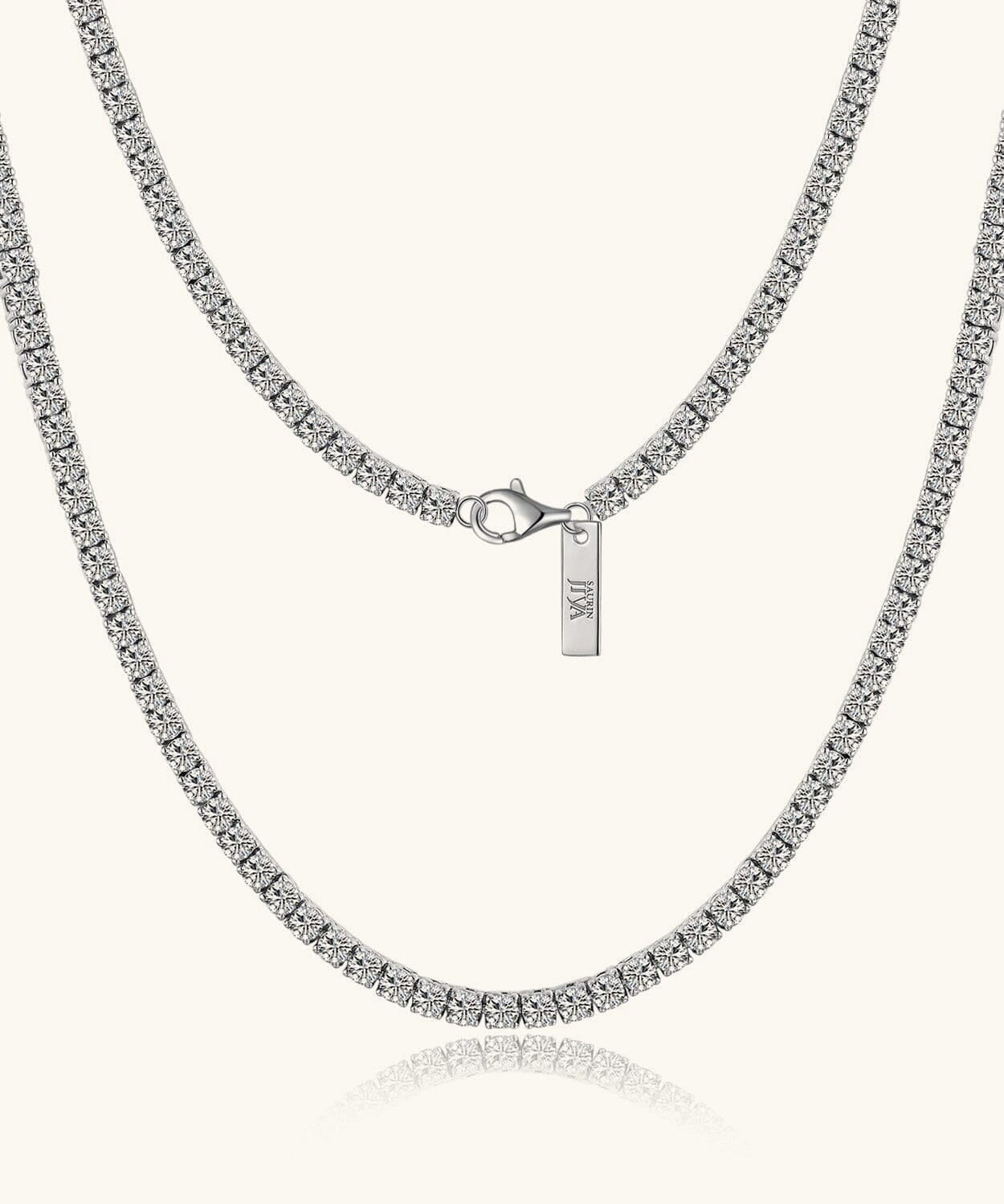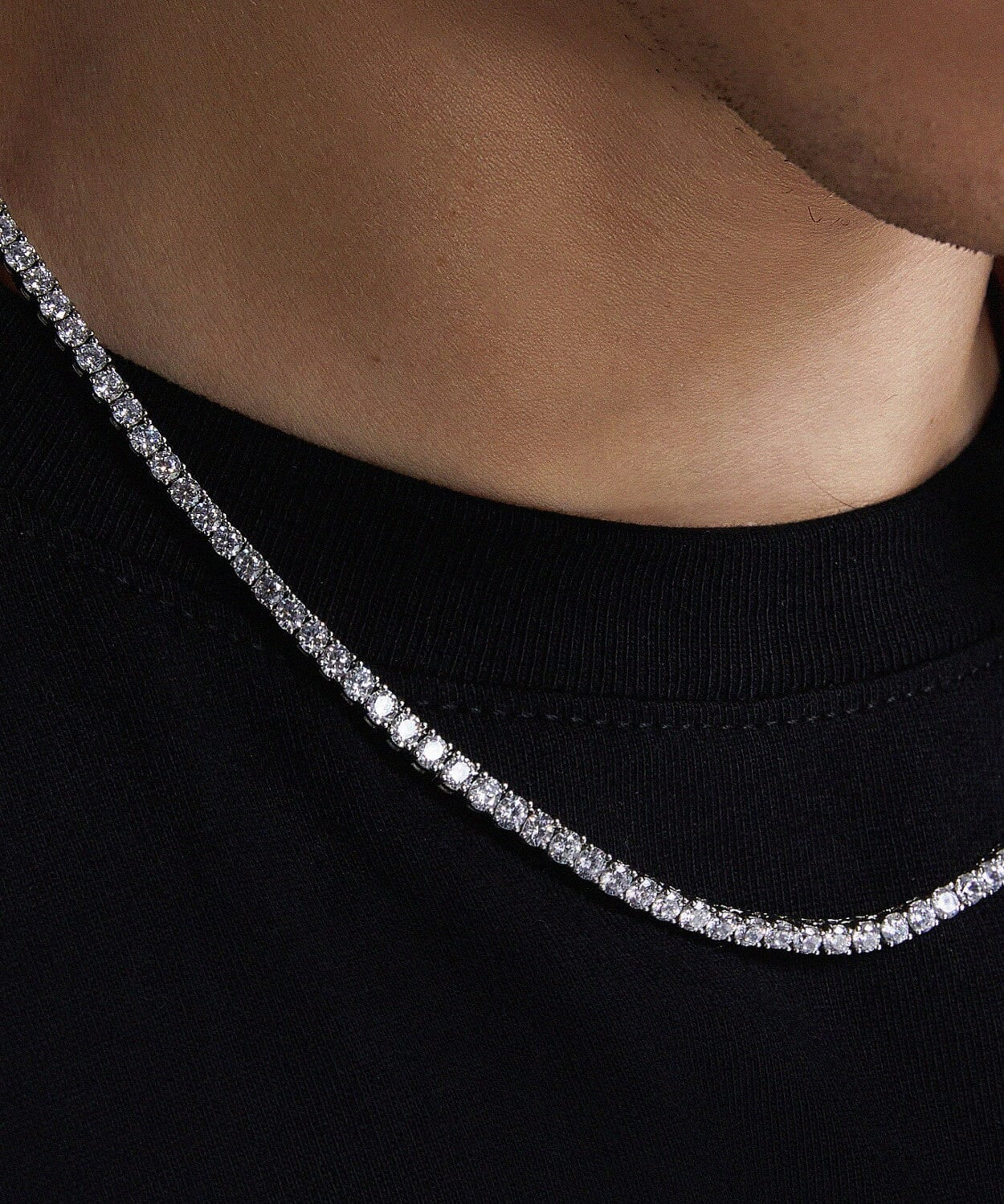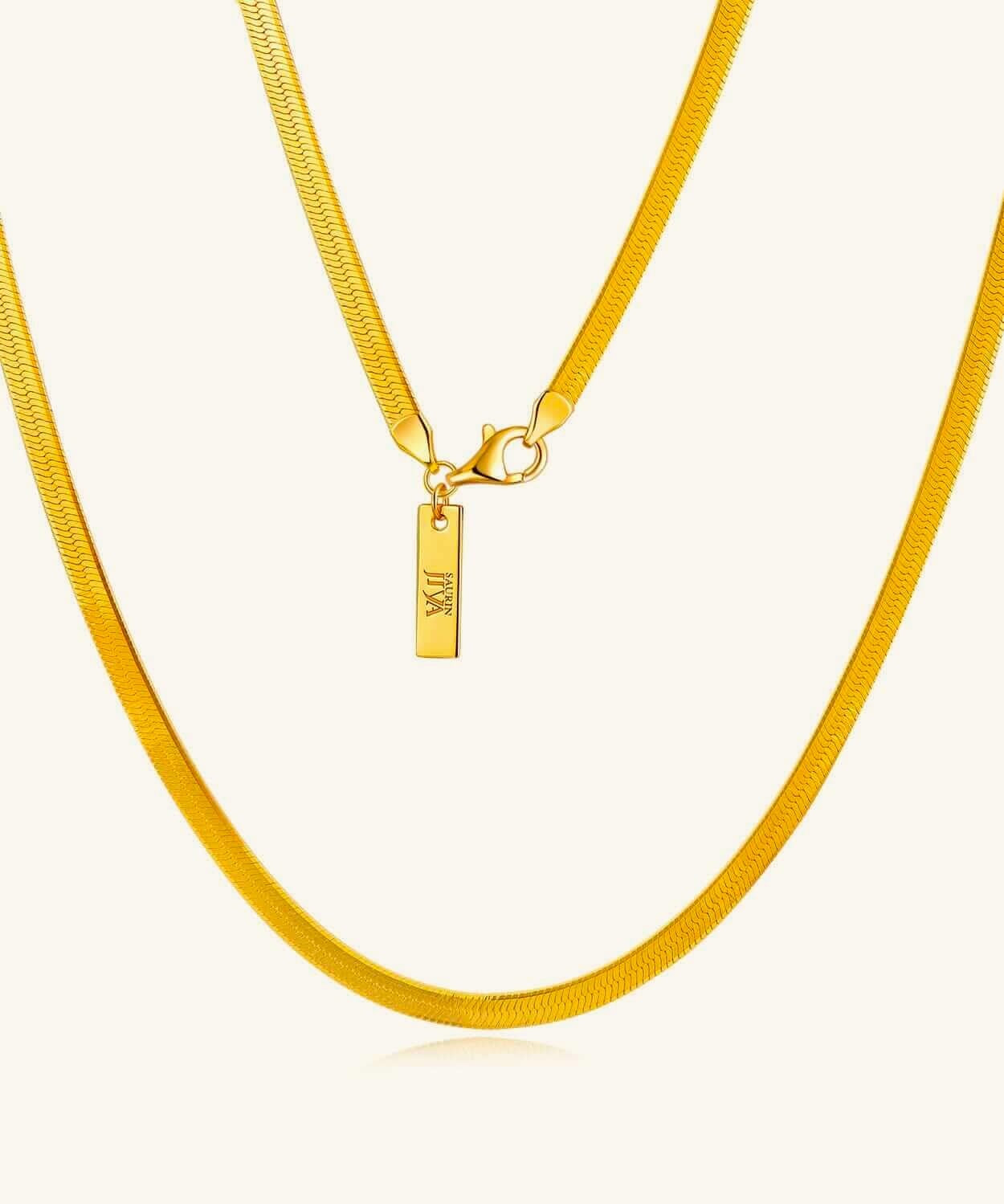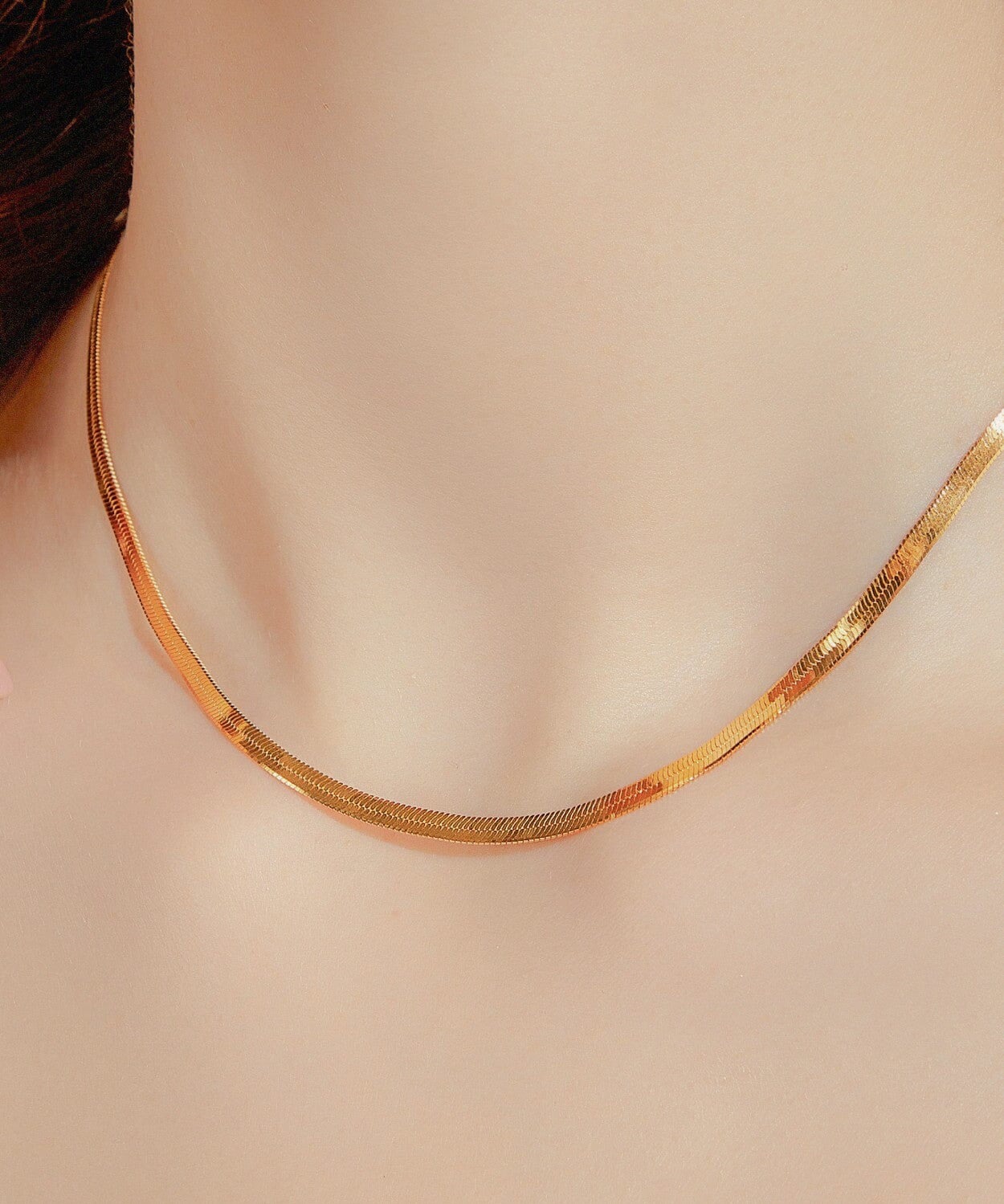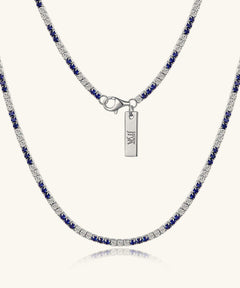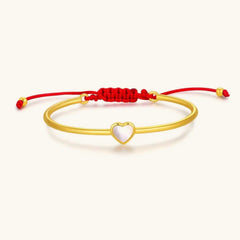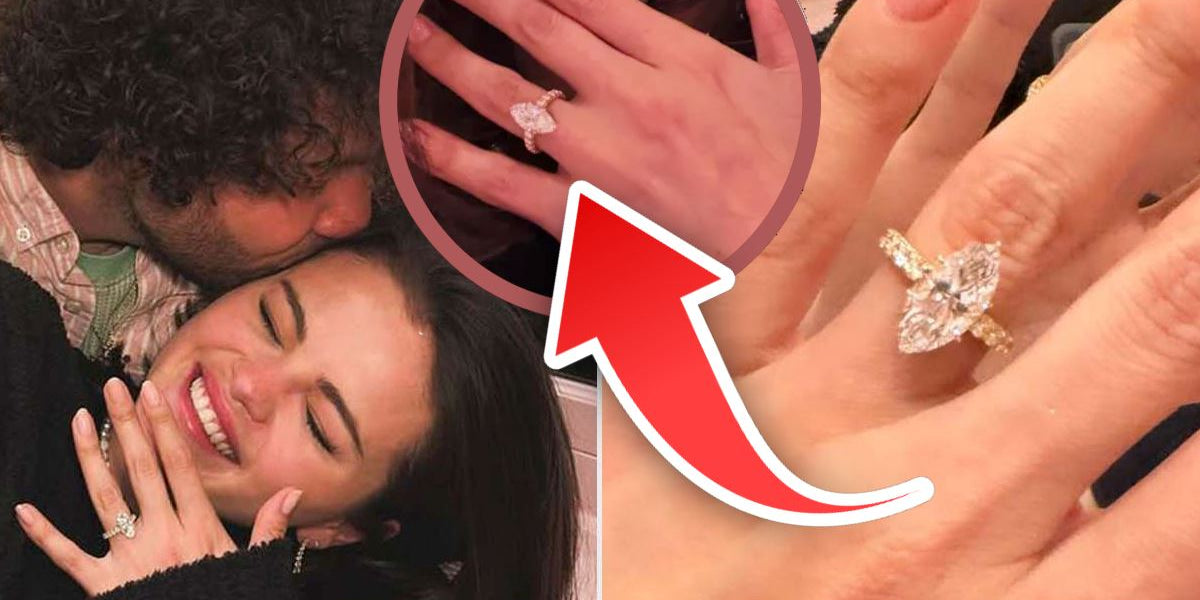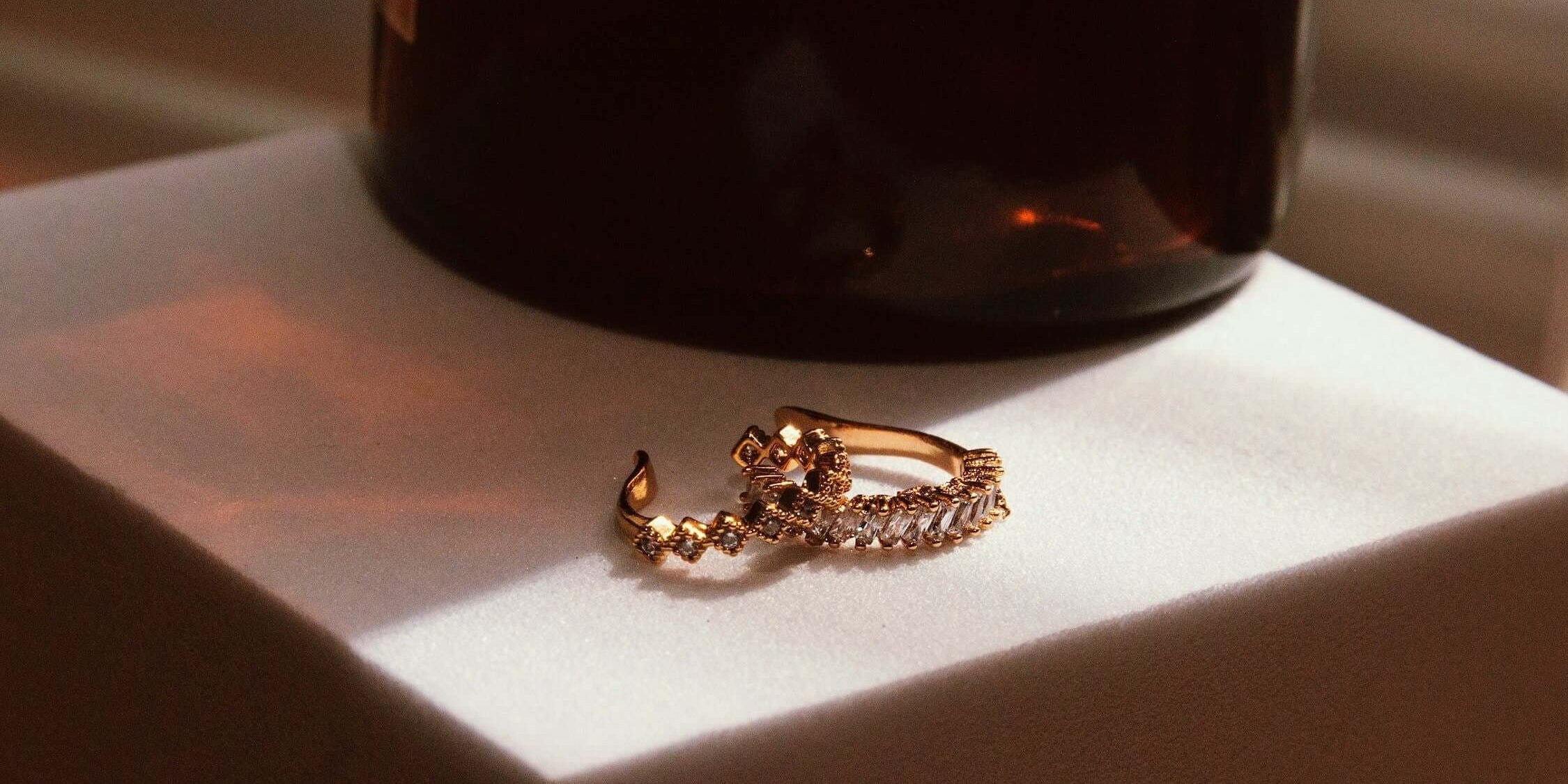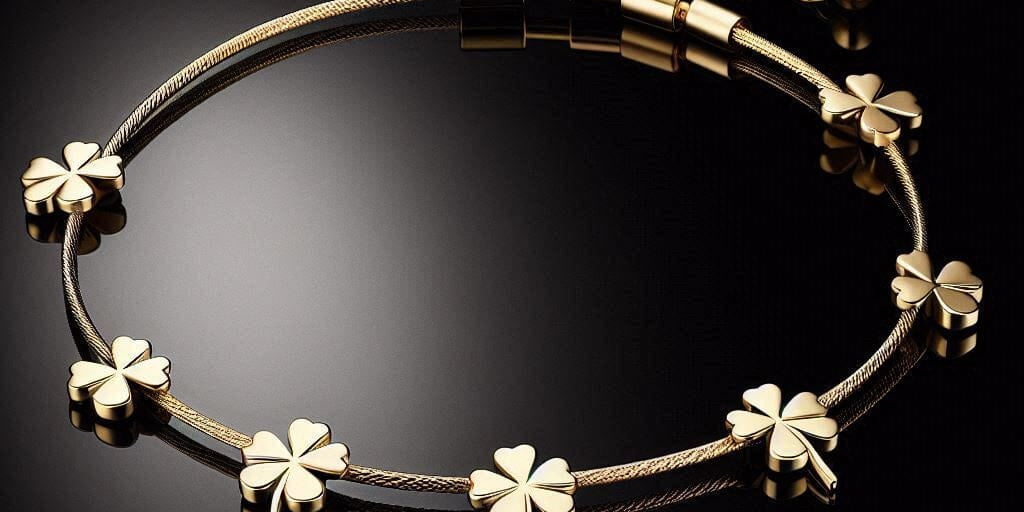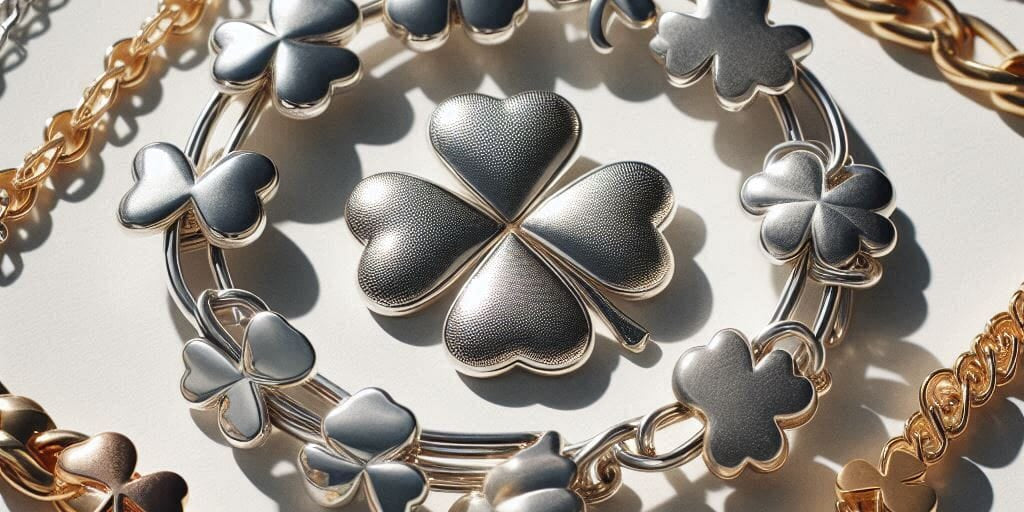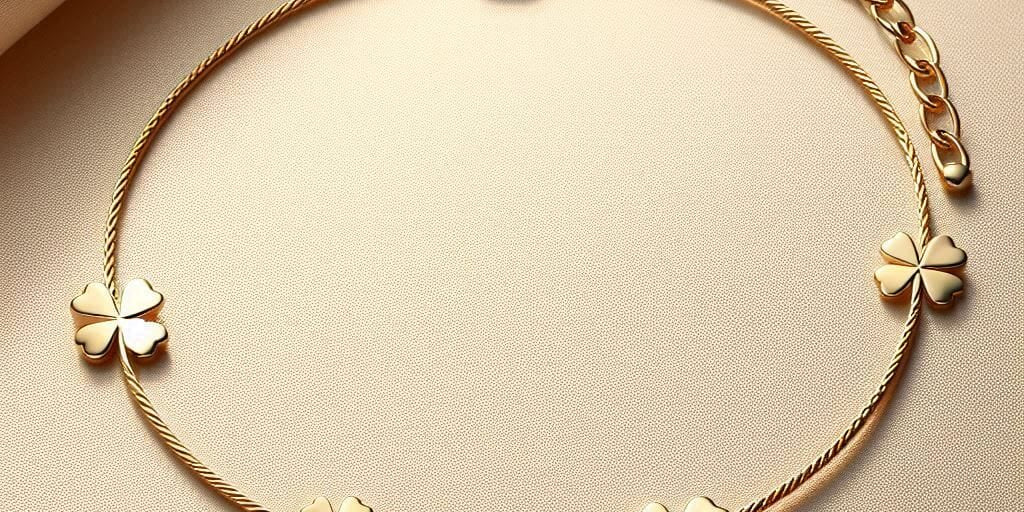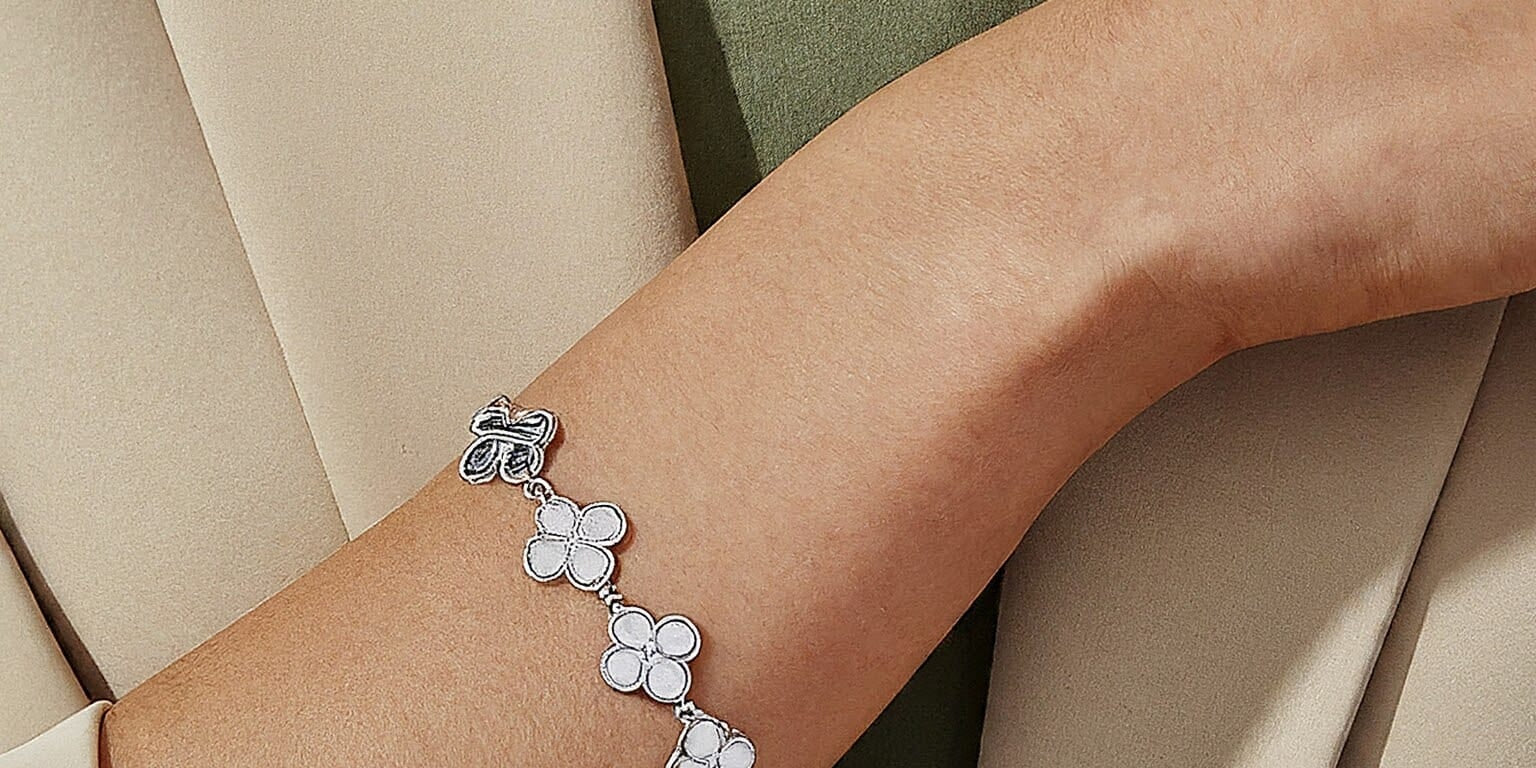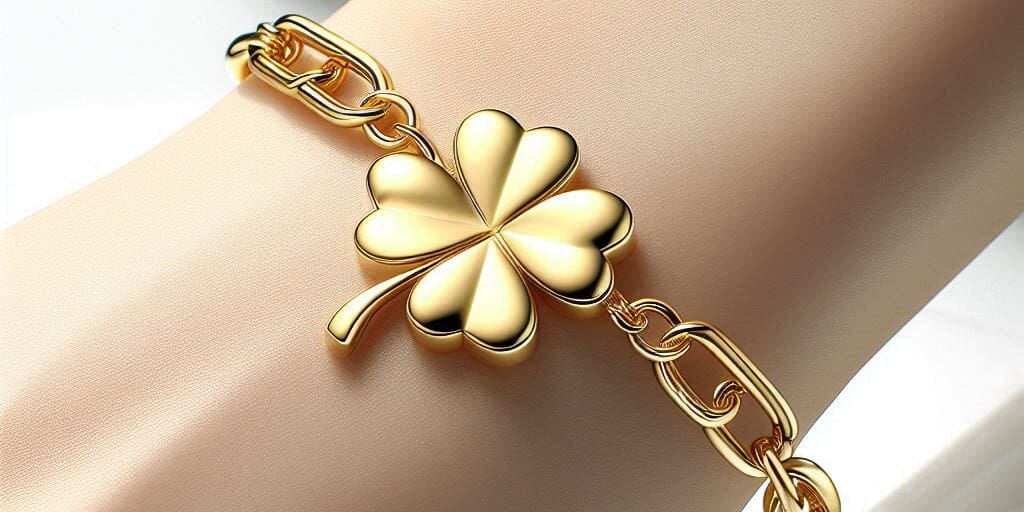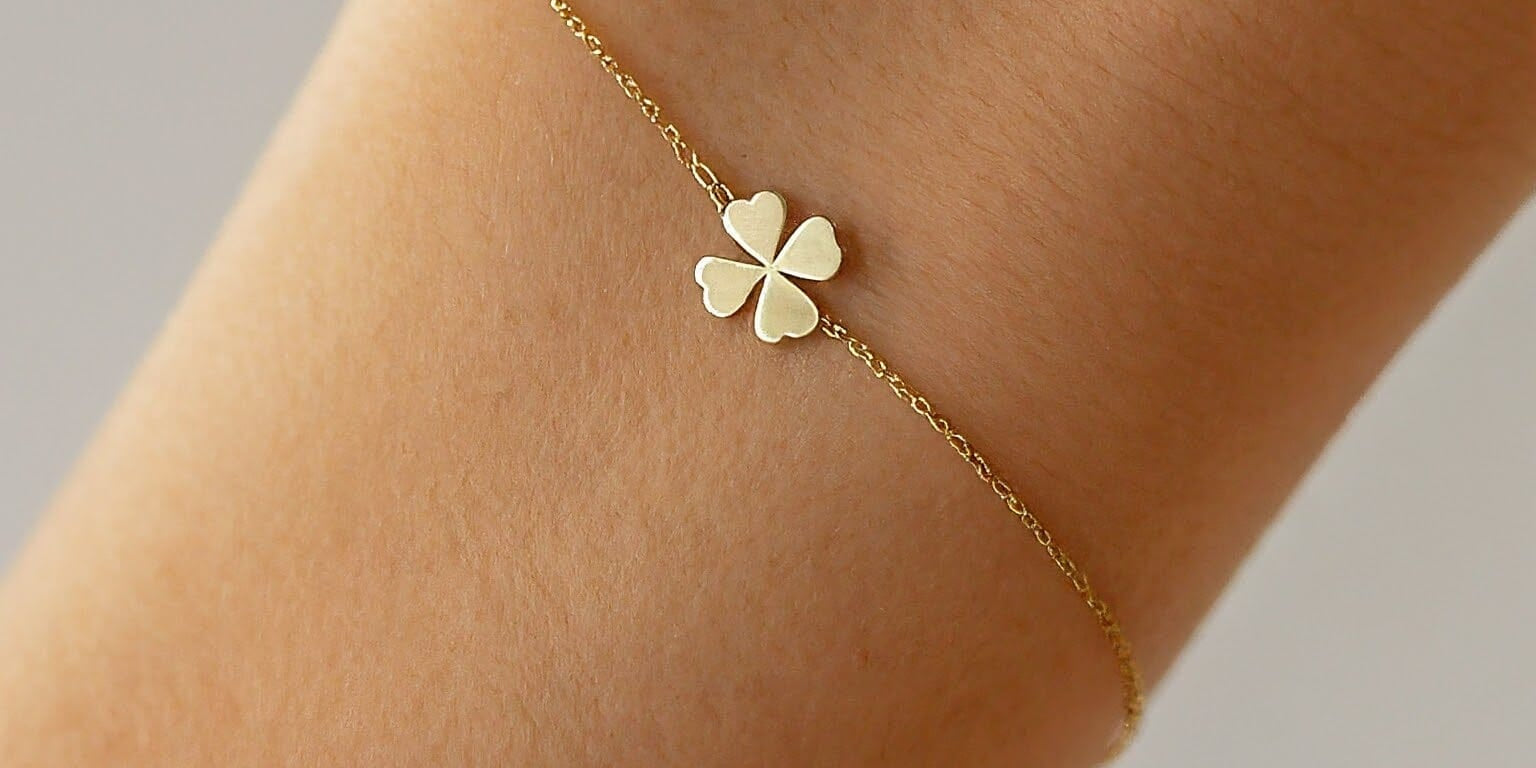While both exhibit a lustrous gold appearance, their compositions and manufacturing processes diverge significantly, impacting durability, cost, and suitable occasions for wear.
Understanding the nuances between 18k gold vermeil and 14k solid gold is crucial for an informed purchase—each bears its own hallmark of quality, longevity, and aesthetic, influencing how one aligns with personal style and investment objectives.
Consider the investment wisely.
Understanding 18k Gold Vermeil
At the core of discerning fine jewelry options is comprehending what 18k gold vermeil embodies. As a variant of gold plating, 18k gold vermeil refers to a sterling silver base that is meticulously coated with a thick layer of 18-karat gold, achieving not only a radiant gleam but also a harmonious balance between quality and affordability. This process, governed by strict standards, requires the gold layer to be at least 2.5 microns thick—a significant contrast to standard gold plating, which may be less than 0.5 microns. The term "vermeil" itself denotes a certain prestige, owing to its historical French origins, and it has evolved into a mark of craftsmanship and style within the modern jewelry realm, offering a luxe aesthetic without the heftier price tag synonymous with solid 18k gold.
Composition and Craftsmanship
The essence of jewelry is often encapsulated in its composition—the elemental makeup and the expert skill that brings it to life.
Gold must be alloyed with other metals to enhance its durability, hence 14k gold's renowned resilience.
When evaluating 18k gold vermeil, one must appreciate the substantial layer of gold that envelops the sterling silver core, setting it apart from lesser platings, elevating its status and durability. Here, the craftsmanship is defined by the precision required to achieve such a consistent and thick layer of gold without compromising the silver beneath.
In contrast, 14k gold's composition—comprising 58.3% pure gold balanced with other metals—ensures inherent strength. This durable alloy, crafted with a discerning eye for detail, excels in everyday wearability, making it a favourite among those who seek a balance of purity and practicality.
Durability and Wearability
In terms of resilience, 14k gold outshines gold vermeil due to its inherent structural integrity. Its higher percentage of alloyed metals adds strength, ensuring a more durable and long-lasting material suitable for daily wear.
However, 18k gold vermeil boasts its own form of robustness through the thickness of the gold layer, which is considerably more substantial than standard gold plating. This added gold weight offers a degree of protection to the sterling silver beneath, though it requires careful handling to maintain its luster over time. Given that sterling silver serves as the base, it's important to recognize its susceptibility to scratches and deformation, which could affect the vermeil's overall durability and appearance if subjected to rough conditions.
Regular care and maintenance become critical for preserving the appearance of gold vermeil. Unlike 14k gold, which can endure a greater degree of exposure to elements without diminishing its visual appeal, vermeil may show signs of wear more readily. Therefore, it's best reserved for occasional use and meticulously stored away from environmental factors that could tarnish the silver core.
And finally, while 14k gold is lauded for its hardiness, it's essential to acknowledge that even this alloy is not immune to wear. Over time, even the most well-crafted 14k pieces can exhibit signs of daily life's interactions—minor scratches or a slight patina that many might argue adds character. Proactive care and occasional professional servicing can extend the life of 14k gold jewelry significantly, ensuring it continues to radiate its warm, classic allure for years to come.
Care and Maintenance
Proper care is pivotal in maintaining the luster and longevity of 18k Gold Vermeil and 14k Gold jewelry.
- Gently Clean your jewelry with a soft cloth and warm, soapy water to remove oils and dirt.
- Avoid Chemicals such as perfumes, lotions, and cleaning agents that can tarnish or damage the jewelry's surface.
- Take Off Jewelry during rigorous activities to prevent physical damage or exposure to sweat and grime.
- Store Separately in a jewelry box or pouch to avoid scratches and preserve the finish.
14k Gold may be more durable, but it still benefits from mindful wear and storage.
Even robust 14k Gold requires periodic professional cleanings to retain its captivating sheen.
Decoding 14k Gold Attributes
When one delves into the composition of 14k gold, we uncover that its enduring beauty is a result of an alloy which consists of 58.3% pure gold, with the remainder composed of other metals such as copper, silver, and zinc. This blend not only impacts the metal's overall hue and sheen but also enhances its resilience against wear and tarnish, thereby making it an ideal choice for everyday jewelry pieces.
Connoisseurs appreciate 14k gold for its optimal balance between purity and practicality. Its composition furnishes it with enough robustness to withstand daily rigors, while still maintaining a rich color profile that is prized in fine jewelry. The allure of 14k gold lies in its ability to offer a high level of durability without compromising on the elegance and warmth that is characteristic of pure gold.
Purity and Alloy Mix
The concept of "purity" in gold jewelry is pivotal, signifying the actual amount of gold present. When evaluating 18k gold vermeil and 14k gold, purity plays a central role in defining their intrinsic value and characteristics. In 18k gold vermeil, the purity level is paramount—vermeil stipulates a layer of gold of at least 2.5 microns thick, with the gold used being at least 18 karats. This means that the gold layer adorning the silver base is composed of 75% pure gold, with the remaining 25% made up of other metals.
In contrast, 14k gold emerges with a different alloy composition, showing a lower purity level of 58.3% pure gold. The balance comprises various alloys, such as copper, which heightens strength and durability but also alters the gold's natural lustre and hue. This distinction in purity between 18k gold vermeil and 14k gold is not trivial—it directly influences the jewelry's aesthetic, its physical properties, and, by extension, its suitability for different types of jewelry applications.
Furthermore, the alloy mix in 14k gold confers a more muted yellow tone, often preferred for its subtle elegance. The additional metals in the alloy lend 14k gold a richness of color that can vary depending on the precise blend of metals used. It is a fascinating interplay of chemistry and artistry, wherein the alloying process is meticulously calibrated to yield the desired color spectrum and ensure the metal's machinability and wearability.
On the other hand, the 18k gold used in vermeil may exhibit a more vivid yellow color due to its higher gold content, closer to the opulent hue of pure gold. The thicker layer of 18k gold in vermeil not only imbues the piece with a richer color but also contributes to its overall perceived value. Artisans must carefully balance composition and craftsmanship to maintain the integrity and allure that gold brings to fine jewelry.
Indeed, understanding the purity and alloy mix is fundamental when distinguishing 18k gold vermeil from 14k gold. These factors underpin much of the jewelry's aesthetic appeal and functional endurance, cementing their respective places in the pantheon of fine jewelry materials.
Color Variations and Aesthetics
Gold bewitches with its myriad of hues.
The allure of 14k gold lies partially in its versatility. It may present a spectrum ranging from a warm, soft yellow typical of classic gold to a paler version due to the alloy composition, which may also introduce a variety of romantically named shades: rose, white or green gold. Furthermore, the hue of 14k gold can hint at sophistication in its subtlety, often appealing to those who favor a less ostentatious form of luxury.
Its color thrives on composition and craftsmanship.
Conversely, 18k gold vermeil boasts a richer, more saturated patina – a nod to its higher gold content. As much as three-quarters pure gold, its profound coloration echoes the depth and prestige often associated with purer forms of the metal. Therefore, 18k gold vermeil lures those craving the purest golden experience short of owning solid gold artifacts.
Elegance is shaped by the karat and the maker's finesse.
In the symphony of gold's shades, nuance is found not just in the karat but in the execution by the artisan. The hues within both 14k and 18k spectrums will likely evolve slightly as techniques and trends develop, maintaining their stature but always reflecting contemporary aesthetics. This ensures that while traditional hues remain respected, new expressions of gold's timeless beauty constantly emerge to captivate the connoisseur's eye.
Longevity and Resilience
When considering the purchase of gold jewelry, longevity and resilience are paramount considerations. These attributes dictate how well a piece will withstand the rigors of time and use. 18k gold vermeil and 14k gold differ significantly in these respects, a consequence of their composition and the processes by which they are created.
14k gold, comprised of 58.3% pure gold mixed with other metals such as copper and zinc, achieves a balance between purity and strength. These alloying elements provide durability and resistance to wear, ensuring that a 14k piece retains its form and luster over the years. Its resilience makes it the preferable option for jewelry that encounters daily exposure, enduring the regular stresses of wear with grace.
Conversely, 18k gold vermeil applies an ample layer of 18k gold over a sterling silver base. While the thick gold overlay imparts a luxurious appearance akin to pure gold, its longevity depends on the thickness of the plating and the care with which the jewelry is treated. As vermeil pieces are more prone to scratching and wear, they may require more meticulous attention to maintain their initial splendor.
In terms of durability, 14k gold inherently possesses a more robust structure compared to 18k gold vermeil, owing to its alloy composition. Regular exposure to elements and the rigors of daily wear can lead to erosion of the vermeil layer, eventually revealing the silver beneath. To preserve the beauty and prolong the life of vermeil jewelry, it is advisable to reserve such pieces for occasional use, storing them meticulously when not adorned, thus protecting the golden essence they so exquisitely present.
Price Point Comparison
When it comes to financial considerations, 14k gold usually commands a higher price than 18k gold vermeil, reflecting its inherent material value and longevity. The cost disparity is driven by the pure gold content and the durability granted by 14k gold's alloyed resilience, establishing it as the investment of choice for those seeking a balance of beauty and lastingness.
The allure of 18k gold vermeil, however, lies in its immediate opulence and affordability. It presents an enticing option for consumers desiring the rich look of pure gold with a considerably more accessible price tag, albeit at the cost of diminished long-term endurance.
Initial Cost Analysis
When assessing the initial cost, 18k gold vermeil offers a captivating affordability.
- 18k Gold Vermeil: Significantly less expensive due to the core material being sterling silver with a thin plating of gold.
- Labor and Craftsmanship: The complexity of the design may affect the cost, often more so for vermeil pieces due to the plating process.
- Market Fluctuations: The price of gold can cause variations in cost, however, this impacts 14k gold items more than gold vermeil.
In contrast, 14k gold demands a higher premium, reflective of its gold purity and weight.
Regardless, it's crucial to ponder the long-term value and not just the immediate expenditure.
Value Overtime
18k gold vermeil may not appreciate.
Consumers should recognize that 18k gold vermeil, while initially more affordable, may not hold or increase in value over time like solid gold items. The market values metals by purity and weight; thus, the inherent worth of 18k gold vermeil lies predominantly in its aesthetic appeal rather than intrinsic material value. Conversely, 14k gold, being a solid gold alloy, usually maintains or appreciates due to its tangible gold content.
Investment potential of vermeil is limited.
The secondary market for vermeil is variable - it is not driven by the gold market. For pieces to retain desirability, the condition of the plating and fashion relevance are critical factors. Conversely, 14k gold pieces can be sold for their material value, independent of design trends or wear, which often yields a stable resale price.
Vermeil's value can decrease if worn frequently.
Considering resale, 14k gold frequently has the advantage. Its durability and timeless value make it a wiser choice for heirloom pieces. The longevity afforded by 14k gold ensures that it remains a desirable commodity, withstanding fluctuations in market trends and retaining intrinsic value, thus often emerging as a prudent investment over time.
Making the Choice: Usage Scenarios
When contemplating everyday wear with the possibility of occasional rough handling, 14k gold's durability is superior, resisting scratches and wear, thus maintaining its aesthetic and structural integrity over time. Those with active lifestyles or seeking longevity in their pieces should gravitate towards 14k gold as the preferred option.
In contrast, for those prioritizing fashion-forward choices and perhaps a more varied jewelry repertoire, 18k gold vermeil presents a cost-effective way to enjoy the luxurious appeal of gold without the considerable investment. Gold vermeil's affordability allows for more frequent updates to one's collection in line with evolving style trends.
Jewelry for Everyday vs. Special Occasions
For a savvy enthusiast, jewelry choices pivot on the nature of wear—everyday durability versus occasional opulence.
- Everyday Jewelry: typically features more resilient materials, is comfortable to wear, and suits a casual aesthetic.
- Special Occasion Jewelry: includes pieces that are often more intricate, featuring precious stones and metals, designed to captivate and charm.
Opting for durable, low-maintenance pieces like 14k gold ensures longevity for everyday wear.
On the other hand, special occasions call for that extra touch of elegance, often found in the lustrous sheen of 18k gold vermeil.
Hypoallergenic Properties
When exploring jewelry options, the hypoallergenic nature of the material is of paramount concern. 18k gold vermeil, being a sterling silver base coated with high-quality gold, exhibits a naturally hypoallergenic disposition due to its purity. This is crucial for those with sensitive skin or allergies, as it minimizes the risk of adverse reactions, ensuring comfort alongside elegance.
Gold in its purer forms is less likely to cause skin irritations. 14k gold, while not as pure as 18k, still maintains a level of hypoallergenic qualities due to having fewer alloys than lower karat options. As it contains a higher percentage of non-gold metals, though, the potential for an allergic response is minimally increased.
Notably, the base metal in gold vermeil is also significant. Sterling silver, the foundation upon which 18k gold is layered, can cause allergic reactions (known as argentium reactions) in some individuals, but these occurrences are rare when coated with a sufficient thickness of gold.
The thickness of 18k gold applied in the vermeil process plays a role. For a piece to be considered vermeil, the gold layer must be at least 2.5 microns, a plating sufficiently thick to prevent contact with the silver underneath, thus preserving the hypoallergenic qualities.
It is also worth noting that regular maintenance and proper care are vital. If the vermeil plating wears down over time, exposure to the silver may occur, potentially triggering sensitivity in certain individuals. Regular inspections and professional re-plating can mitigate these concerns, maintaining both the appearance and hypoallergenic properties of the jewelry.
Lastly, it is key to understand one's personal sensitivities. Though 18k gold vermeil and 14k gold offer reasonably safe options, individual susceptibility varies. Those with heightened allergic sensitivity should prioritize higher gold content and confirm the base metal quality to avoid allergenic compounds entirely.
